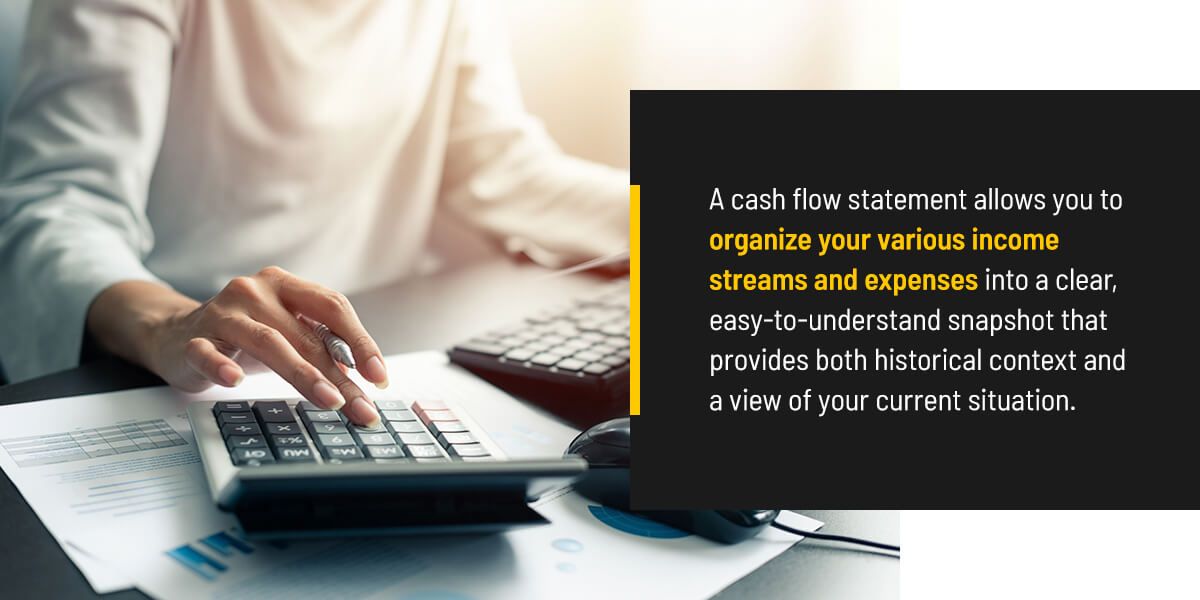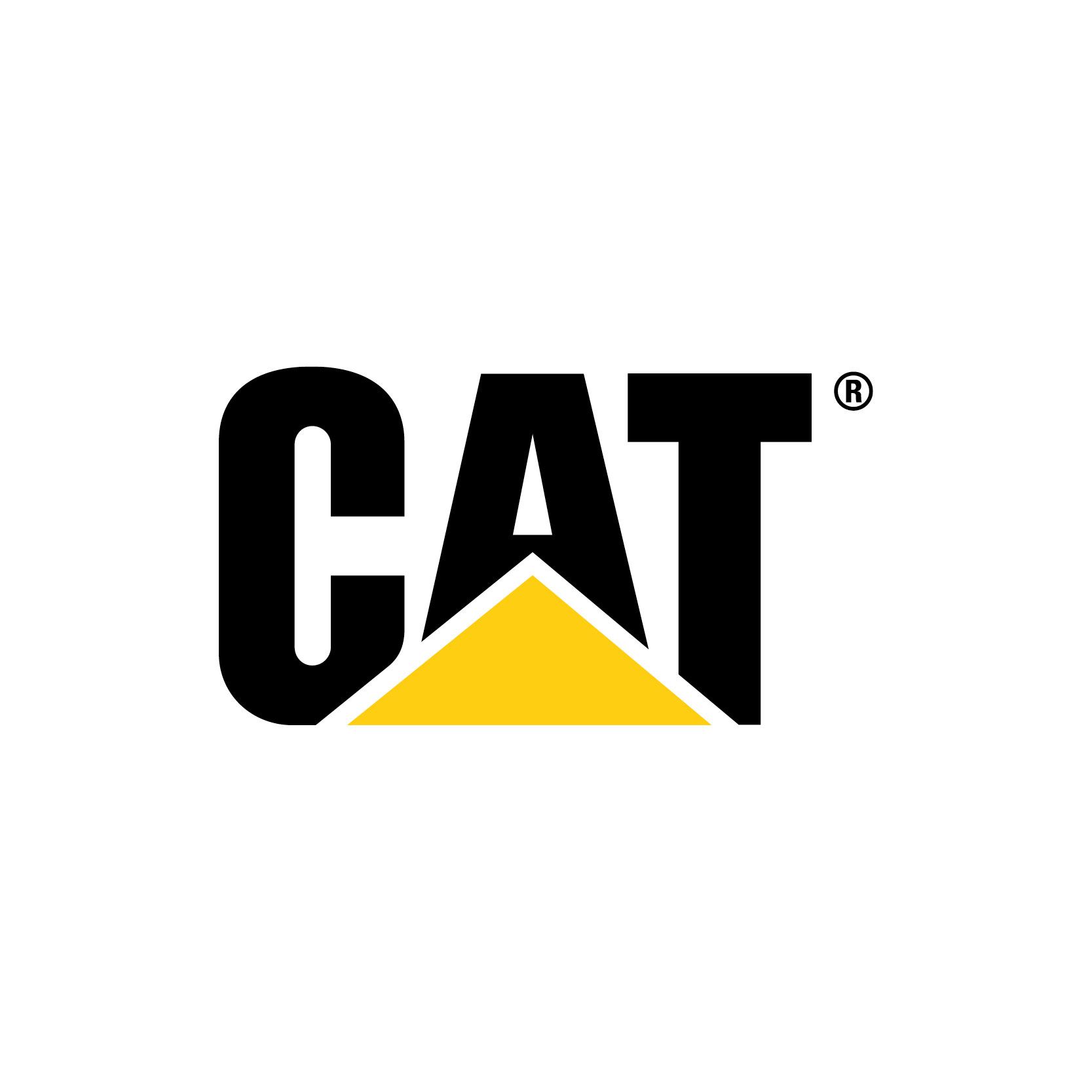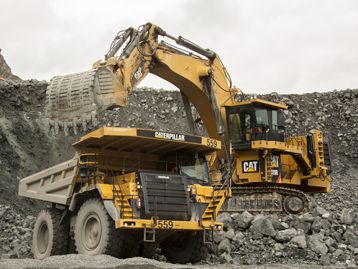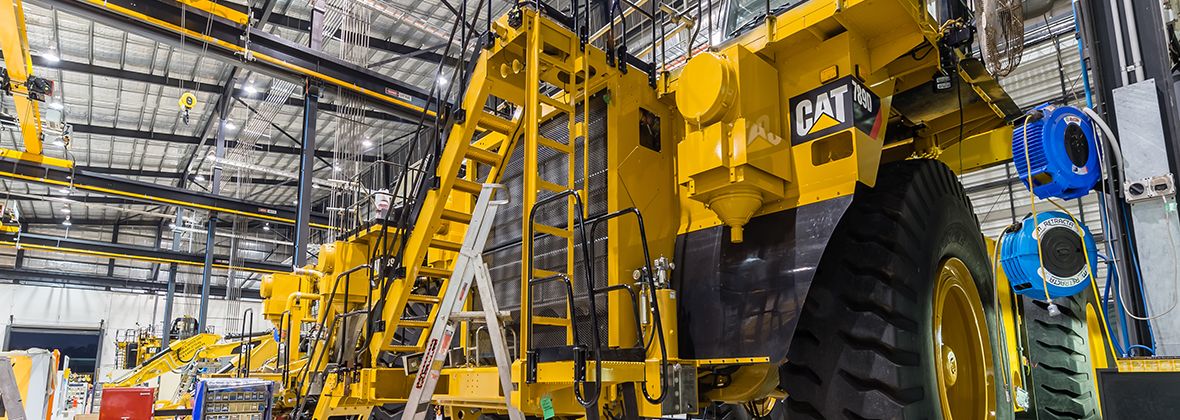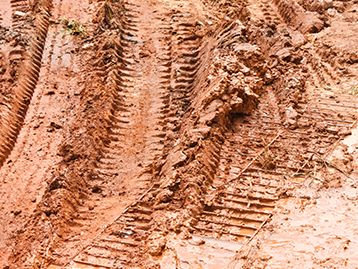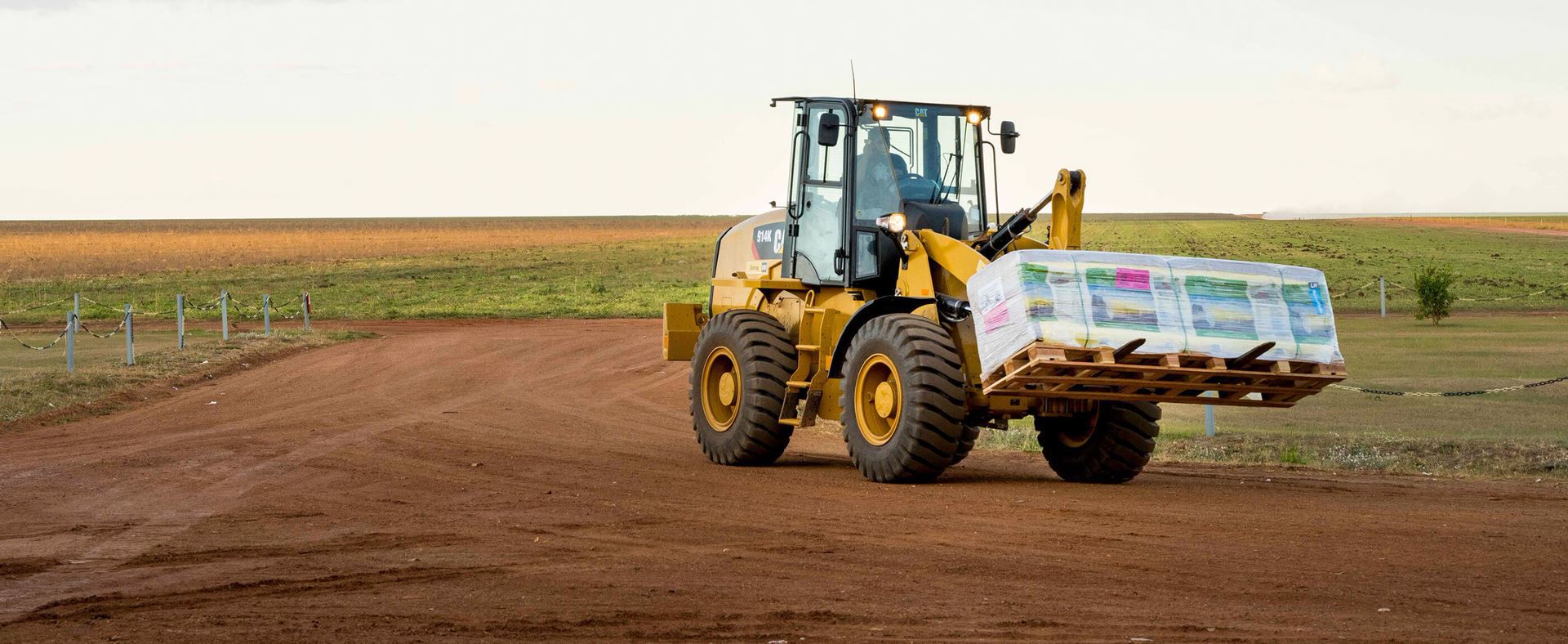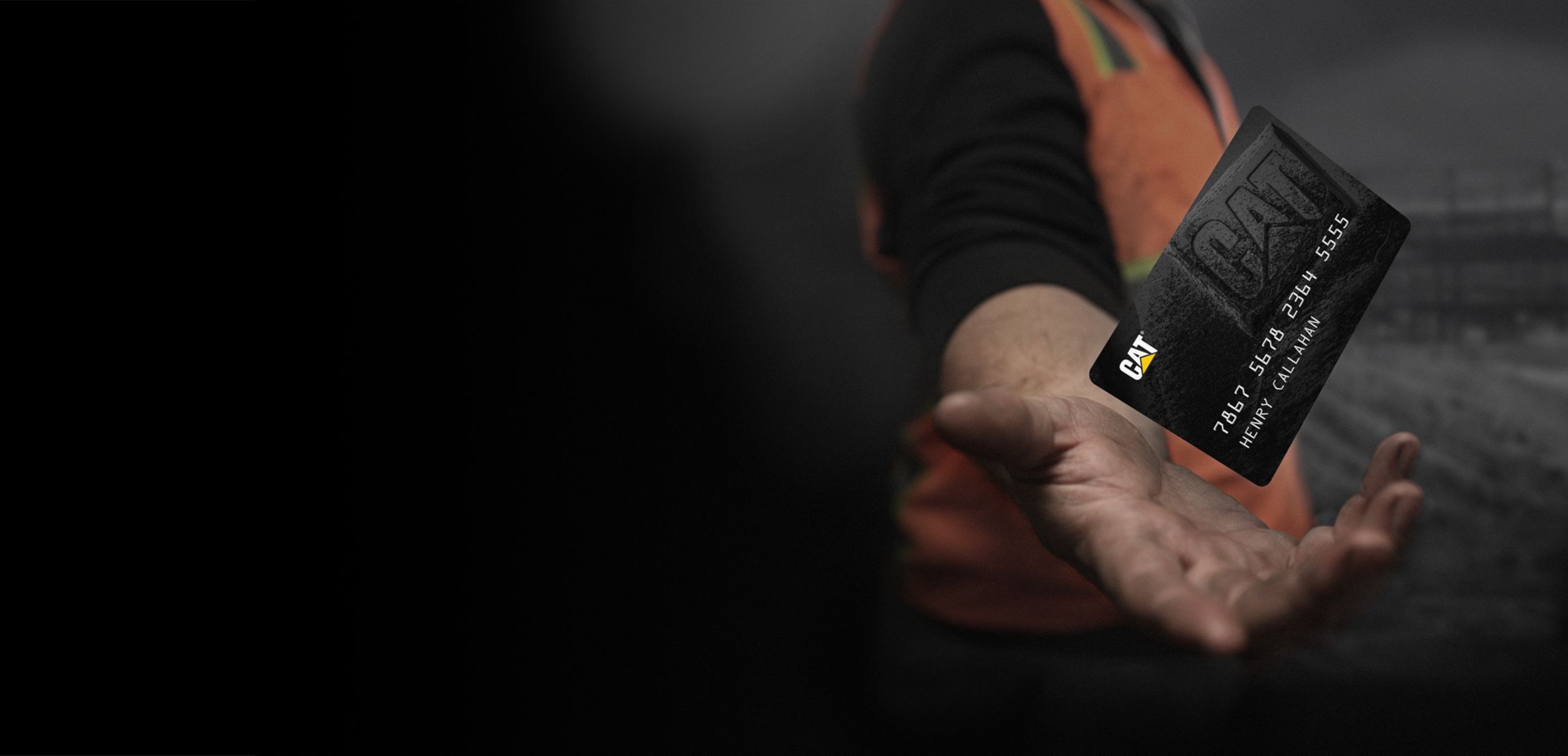If your company's financial position is strong and you have a healthy balance sheet, you can still have difficulty landing more business if you don't master the bidding process. Submitting a competitive bid involves more than providing the lowest quote. You'll also need to do some research and customize the information to appeal to the prospect and make your odds more favorable.
Typically, projects require construction companies like yours to create a detailed proposal that includes specific information about your business, the scope of work proposed, limitations and exceptions to the project, the total cost estimate for the project, timelines and other salient information.
Crafting a strong bidding template can help your company secure work and please clients, which can translate into a positive reception and being awarded more jobs in the future. However, the cost information contained within the document must be accurate to avoid negative outcomes that can harm your reputation. Keep this advice in mind as you create your next bidding template.
1. Create a Consistent, Professional, Easy-to-Read Document
The perception of your bid can be influenced by presentation. Your business may have an excellent reputation that proposes fast timelines and modest costs under budget, but if presented poorly, your business will have a much lower chance of being awarded the job.
Use a consistent bid form and process for the best results. You can create a basic form or download a template online — Microsoft offers a free construction bid form that’s available with its Office suite, for example. Using a consistent template that has enough space for pertinent information enables you to perfect your process and craft complete, professional bids that can help your business win jobs for years to come.
The competition can be fierce when trying to land a construction project. While consistency is important when creating a bidding template, you'll also want the bid form to stand out. Customizing the template with your company's branding allows you to make a more favorable impression and remain at the forefront during the evaluation process.
2. Conduct Research to Customize Your Bid
Although many construction projects can be very similar, no two are exactly alike. Whether it's a massive, new industrial construction or a small addition to a single-family home, unique factors ranging from material requirements to the soil underneath the planned foundation can lead to special considerations.
Each project is made up of a wide range of specifics that can impact deadlines, costs, labor and equipment needs, just to name a few. As a result, it is highly beneficial for you to gather as much information as possible about the project before you assemble your bid document.
This additional intelligence gained from research can help you establish more realistic expectations for the job. Plus, the person or organization running the bid process will have confidence that you have a comprehensive understanding of the task to successfully overcome any obstacles that arise during the course of the job.
When customizing your construction bid template, your research should focus on learning as much as you can about the prospective client and how it conducts its business operations. Begin by reviewing the company's website to gather any helpful details. Review the organization's mission statement and tailor your proposal to its values. Identify the challenges the organization faces and determine how you can help it overcome them.
Your research should also encompass the companies you'll be bidding against for the project. This competitive analysis can help generate creative ideas regarding how to differentiate your business from the rest and gain an advantage during the process.
3. Bid for Construction Projects Strategically
Bidding on several projects at once may initially seem like a good strategy. In some cases, however, there are certain circumstances where making many bids will help your business. Typically, issuing too many bids can stretch your resources too thin and make it more difficult to complete all the contracted work on time. Bidding on complicated projects in areas where your company doesn't have the necessary experience or expertise may result in your business losing money and delivering substandard results.
Instead, you might consider focusing your efforts on finding projects that appear to be a good fit for your current structure, capabilities and resources. These projects can give your business the opportunity to invest more time into attending pre-bid meetings, researching costs, double-checking measurements and ensuring the bid is competitive, relevant and attractive to your potential client.
4. Focus on Positive Results
A great bid is extremely informative, carefully crafted for each project and offers competitive and realistic estimates for time and cost. Make sure your construction bid proposal template contains all necessary information, present your bid in a complete, professional manner, and only bid on projects that are a good fit for your current abilities. Using these tips as a guide can help you make progress and lead to positive results for your business.




